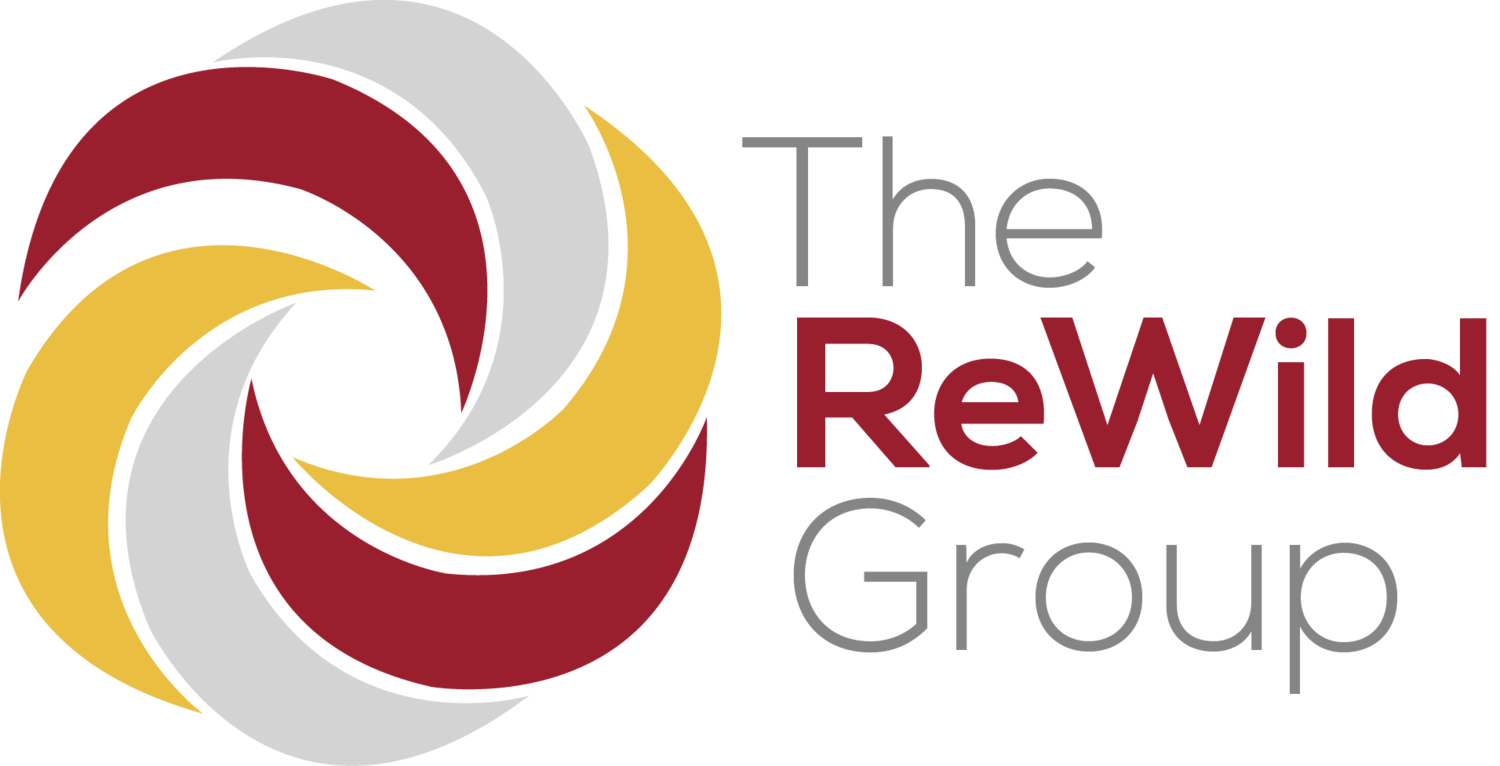A Comparison Between EOS and
Organizational ReWilding
The ReWild Group’s Organizational ReWilding framework and the Entrepreneurial Operating System (EOS) both aim to empower businesses to achieve clarity, alignment, and growth, but they differ significantly in their approach and long-term applicability.
We explored several points of comparison between the two systems in a series of blog posts. Here, you can find a brief summary of and link to each of those articles.
Interested in learning more?
If you’d like to take a deeper dive into Organizational ReWilding, or better understand the nuances between the two systems, feel free to make an appointment with Matthew Pohl, CEO & Founder of The ReWild Group.
Strategy vs. Execution: A Key Difference Between Organizational ReWilding and EOS
Organizational ReWilding emphasizes critical thinking and strategy, focusing on "working on the business" by addressing foundational elements like defining target markets and fostering adaptability. In contrast, EOS prioritizes execution and efficiency, refining existing business components. A more comprehensive framework, Organizational ReWilding is ideal for leaders seeking long-term resilience and innovation by tackling root issues, while EOS focuses on immediate operational improvements.
EOS’s 6 Components vs. ReWilding’s 11 Elements: A Comparative Analysis for Business Growth
Organizational ReWilding’s 11 Elements, rooted in extensive research, offer a flexible, scalable framework for business growth, addressing Culture, Strategy, Leadership, and Infrastructure. Unlike EOS’s six components—Vision, People, Data, Issues, Process, Traction—which excel in simplicity and execution for smaller businesses, ReWilding adapts to all Seven Stages of Growth. Its depth in cultural alignment, strategic scalability, and infrastructure makes it ideal for ensuring long-term resilience and success.
What’s Next After You Outgrow EOS?
The Entrepreneurial Operating System (EOS) excels for small businesses in Stages 1-2, providing clarity and execution. However, in Stages 3-4 (20-57 employees), its simplicity limits scalability. Organizational ReWilding’s 11 Elements offer a flexible, research-backed framework, adapting to all Seven Stages of Growth (1-350 employees). With tools like the Stages of Growth Matrix and ReWild Business Assessment, ReWilding addresses leadership, culture, and scalability, making it ideal for EOS graduates navigating complex growth.
ReWilding’s Flexibility vs. EOS’s Exclusivity: A Comparison for Advisers
Organizational ReWilding’s non-exclusive framework allows advisers to integrate past experience and other methodologies, offering flexibility to tailor solutions for clients. EOS’s exclusive model enforces strict adherence to its system, limiting adaptability. ReWilding’s low $1,500 certification cost and pay-per-use fees contrast with EOS’s $27,000+ franchise model. ReWilding’s adaptable, affordable approach suits independent advisers, while EOS appeals to those preferring a structured, branded system.




